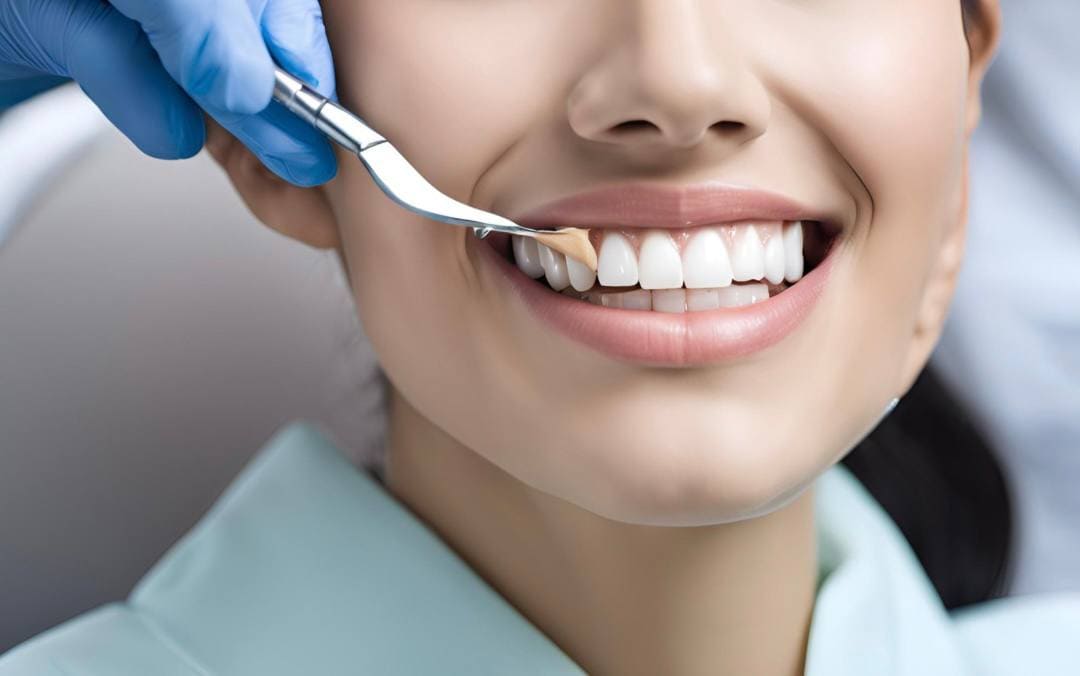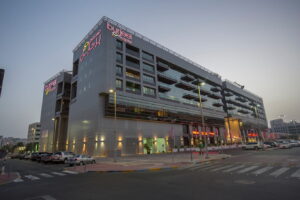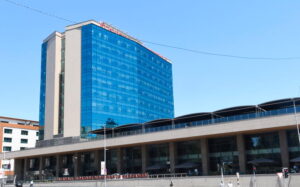Veneers
Veneers are thin, high-strength outer shells with a thickness starting from 0.2 mm, which are firmly attached to the front surfaces of the teeth. The placement of veneers is performed for aesthetic purposes to change the color, shape, size, and even the position of teeth in the oral cavity. The advantages of this method include its relative speed, the absence of the need for aggressive impact on the tooth enamel, and the painlessness of the procedure for the patient.
Indications for veneer placement:
- Tooth trauma with a significant chip or crack
- Enamel defect
- Tooth discoloration, fluorosis
- Pronounced interdental spaces (gaps)
- Congenital unevenness in tooth alignment
- Increased enamel wear
- Irregular tooth shape

There are not many contraindications for veneer placement. The main ones are the presence of an acute inflammatory process in the tooth or oral tissues, bruxism (involuntary teeth grinding), as well as malocclusion, which after veneer placement may lead to excessive load on the front teeth.
In foreign dental clinics, several types of materials are used for veneer fabrication.
- E-max: lithium disilicate and glass-ceramic
E-max veneers are made of lithium disilicate pressed ceramic, which provides a dense, pore-free structure. With a high strength of about 500 MPa, they can be placed on teeth with fillings and withstand high chewing loads. Thus, the placement of E-max veneers does not limit a person in their usual lifestyle and diet. - Zirconia
The color and structure of the material are as close as possible to natural, while zirconia veneers are not inferior in strength to other materials. The distinctive feature of zirconia is its excellent biocompatibility. Such veneers are suitable for teeth with significantly altered color, as they mask it and give a natural white shade. - Empress: reinforced glass-ceramic
This material is ideal for creating ultra-thin plates with natural transparency and shade, for which enamel grinding is not required. Empress veneers prevent enamel staining and protect teeth from high and low temperatures. - Composite
Composite veneers are the most affordable option. These are thin light-curing composite plates used to conceal single defects, for example, to restore the shape or size of a damaged tooth. Unlike other options, composite veneers are less durable and have lower wear resistance, but are perfect for achieving a quick result in 1-2 dental visits.
The more accurately the size and shape are chosen, the better the veneer will fit, ensuring longer preservation of its aesthetic appearance and physiological comfort during wear.
Procedures
Top clinics
-
 Antalya, Turkey Medical Park Antalya Clinic
Antalya, Turkey Medical Park Antalya Clinic -
 Dubai, UAE NMC Healthcare
Dubai, UAE NMC Healthcare -
 Milan, Italy San Raffaele University Hospital
Milan, Italy San Raffaele University Hospital -
 Dubai, UAE American Hospital Dubai
Dubai, UAE American Hospital Dubai -
 Abu Dhabi, UAE Burjeel Hospital Abu Dhabi
Abu Dhabi, UAE Burjeel Hospital Abu Dhabi -
 Vienna, Austria Debling Private Clinic
Vienna, Austria Debling Private Clinic -
 Dubai, UAE Burjeel Hospital Private Multidisciplinary Clinic
Dubai, UAE Burjeel Hospital Private Multidisciplinary Clinic -
 Vienna, Austria Wiener Privatklinik (WPK)
Vienna, Austria Wiener Privatklinik (WPK) -
 Montreux, Switzerland Clinique La Prairie
Montreux, Switzerland Clinique La Prairie -
 Barcelona, Spain QuironSalud Barcelona Hospital
Barcelona, Spain QuironSalud Barcelona Hospital -
 Barcelona, Spain Medical Center "Teknon"
Barcelona, Spain Medical Center "Teknon" -
 Barcelona, Spain Sant Joan de Deu Children's Hospital
Barcelona, Spain Sant Joan de Deu Children's Hospital -
 Barcelona, Spain University Hospital Barnaclinic+
Barcelona, Spain University Hospital Barnaclinic+ -
 Zurich, Switzerland Hirslanden Clinic
Zurich, Switzerland Hirslanden Clinic -
 Madrid, Spain Quiron Salud University Hospital
Madrid, Spain Quiron Salud University Hospital -
 Seoul, South Korea Samsung Medical Center
Seoul, South Korea Samsung Medical Center -
 Seoul, South Korea Medical Center at Ewha Womans University
Seoul, South Korea Medical Center at Ewha Womans University -
 SNUH
SNUH -
 г. Женева, Швейцария Клиника «Женераль-Болье»
г. Женева, Швейцария Клиника «Женераль-Болье» -
 г. Стамбул, Турция Университетская клиника «Медиполь Мега»
г. Стамбул, Турция Университетская клиника «Медиполь Мега» -
 г. Стамбул, Турция Клиника Флоренс Найтингейл
г. Стамбул, Турция Клиника Флоренс Найтингейл -
 г. Тель Авив, Израиль Медицинский центр “Ассута”
г. Тель Авив, Израиль Медицинский центр “Ассута” -
 г. Петах-Тиква, Израиль Медицинский центр имени Ицхака Рабина
г. Петах-Тиква, Израиль Медицинский центр имени Ицхака Рабина -
 г. Иерусалим, Израиль Медицинский центр “Хадасса”
г. Иерусалим, Израиль Медицинский центр “Хадасса”























